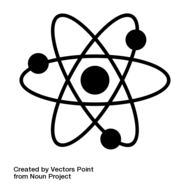(View Complete Item Description)
This module is designed to guide students in better understanding energy and its many different forms. The students will also understand how one form of energy is transformed into another form of energy. The teacher will facilitate students' explorations as they generate a summary of their experiences. Throughout this unit, students will be guided in using practical materials such everyday appliances, electrical energy, energy from the sun and kitchen materials to create a device that can transform energy.This module was developed by Sarah Donnelly, Stephanie Hooks, and Karin Kaerwer as part of a Virginia Commonwealth University STEM initiative sponsored by the Virginia Department of Education.
Material Type:
Lesson Plan
Authors:
VCU STEM Project 2,
VCU STEM Project 1,
VCU STEM Project 3




















